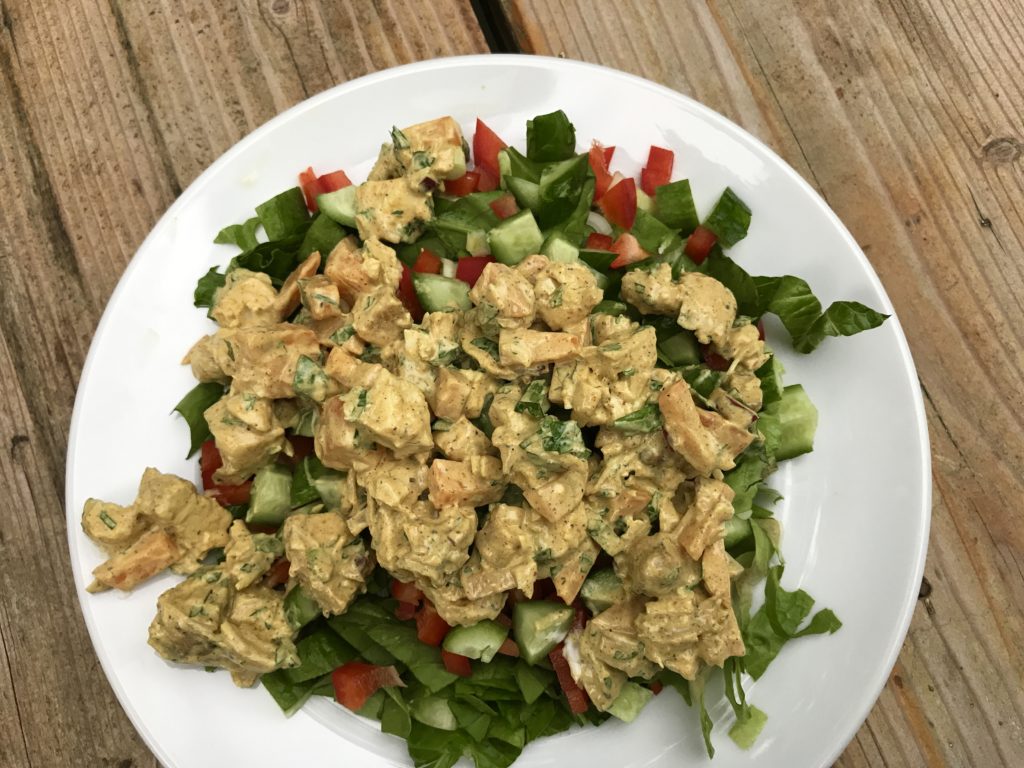 “One a penny, two a penny, hot cross buns…” If that nursery rhyme song is your only exposure to these Easter treats, you may want to try kneading up a batch and see what everyone was singing about back in the 18th Century. This recipe isn’t quite so ancient—it came from Better Homes & Gardens New Cookbook, circa 1996.
“One a penny, two a penny, hot cross buns…” If that nursery rhyme song is your only exposure to these Easter treats, you may want to try kneading up a batch and see what everyone was singing about back in the 18th Century. This recipe isn’t quite so ancient—it came from Better Homes & Gardens New Cookbook, circa 1996.
The buns are marked with a cross as a symbol of Christ’s crucifixion, and the spices represent His embalming at burial. And as with anything with a religious bent, there’s a long, controversial history with these treats which were traditionally eaten on Good Friday to signify the end of Lent. Queen Elizabeth I, being a total killjoy, banned the sale of hot cross buns expect on Good Friday or Christmas, with punishments for ignoring her decree. Not exactly sure why they were banned…
There are other stories circulating, but they all kind of make you wonder what the fuss is about. These buns were good, but not to die for. (No Easter pun intended!) I had trouble finding the candied diced orange peel, and ended up “shopping” in my friend Karin’s kitchen when it wasn’t in any of my area grocery stores. She had some buried in her freezer from Christmas. I wouldn’t bother hunting so extensively for this ingredient again, as it makes the bread a bit bitter.
So why was I so desperate to make these? My sister Susan wanted to serve them for her book club babes since hot cross buns were mentioned in their selection this month. But when she looked up a recipe and saw that scary word “yeast” she called to see if I’d make them. Handy to have a food-blogging sister looking for excuses to try new recipes, isn’t it! (But yeast dough really shouldn’t be so scary, people…) I may have accidentally put a cup too much flour in these, because they were the stiffest little buns (insert joke here) I have ever made. I think the baked dough is supposed to be more light and fluffy. I may try them again, because the sweet bread with spices and currants held promise for being a pleasant pastry.
Makes 20-24 buns
4 to 4½ cups all-purpose flour
2½ active dry yeast
¾ teaspoon ground cinnamon
¼ teaspoon ground nutmeg
Dash ground cloves
¾ cup milk
½ cup butter
1/3 cup granulated sugar
½ teaspoon salt
3 eggs (room temperature—and yes you need to do this!)
2/3 cup currants
¼ cup diced candied orange peel (optional)
1 beaten egg white plus 1 tablespoon water
Powdered Sugar Icing
1 cup powdered sugar
1-2 tablespoon milk or orange juice
¼ teaspoon vanilla
In a large mixing bowl, combine 2 cups flour, dry yeast, cinnamon, nutmeg, and cloves. In a sauce pan, heat and stir milk, butter, sugar, and salt until butter is almost all melted. Add milk mixture to dry ingredients and stir. Add eggs one at a time, beating on low after each addition. Beat on high for 3 minutes. Add currants, and 1 cup of flour. Add flour in 1/2 cup amounts until dough no longer sticks to sides of bowl.
Turn dough onto lightly floured surface. Knead until moderately soft and elastic, about 3-5 minutes. Shape into a ball and place in greased bowl, turning once to coat. Cover with damp kitchen towel and let rise in warm place until doubled in size, about 1½ hours.
Preheat oven to 375° Fahrenheit. Punch dough down. Turn onto floured surface. Cover with dry kitchen towel and let rest 10 minutes. Divide into 20-24 pieces and shape each into a smooth ball. Place balls on greased baking sheet, a few inches apart. Cover with dry kitchen towel and let rise until nearly doubled, 45-60 minutes.
While dough is rising or baking, make frosting. Combine powdered sugar, 1 tablespoon milk, and vanilla and beat with whisk attachment. Add more milk if needed to make frosting thin enough to drizzle.
Using a sharp (serrated works best!) knife, make crisscross slashes across the top of each bun. In a small bowl, combine egg white and water. Brush across top of each bun. Bake in preheated oven for 12-15 minutes, or until golden brown. Cool slightly. Drizzle frosting into slashes in buns to form a cross. Serve warm, or cool completely and store in airtight container.























